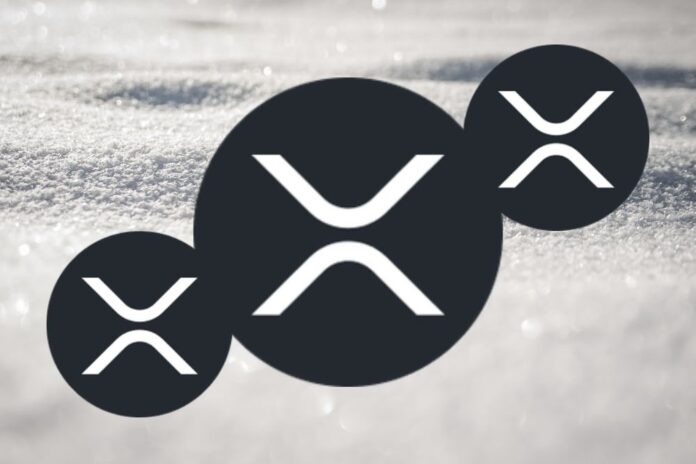Due to recent underperformance compared to other cryptocurrencies, XRP has become the subject of discussions regarding its potential for significant growth.
Chad Steingraber, a veteran game designer and prominent XRP advocate, has highlighted the substantial difference in net inflows between XRP and Bitcoin as a crucial factor contributing to the price gap.
Read Also: Top Crypto Proponent Discusses What Could Happen If XRP ETF Is Approved
The Inflow Imbalance: XRP Lags Behind
Recent data reveals that XRP investment products experienced only $500,000 in net inflows over the past four weeks, in stark contrast to Bitcoin’s billions driven by newly approved spot ETFs.
Steingraber asserts that this disparity in inflows is impeding XRP’s potential for a price surge. He suggests that for XRP to witness substantial growth, inflows need to reach the $1 million range, a threshold consistently surpassed by Bitcoin (BTC).
As a comparison, Blackrock alone did a New Money Net Inflow of $500Million yesterday.
If #XRP had the same Net Inflow, using the BoA Multiplier, it would add $5Billion to its market cap in one day.
Now do that EVERYDAY. That’s what’s coming.. https://t.co/duPFbU8d4E
— Chad Steingraber (@ChadSteingraber) February 14, 2024
The BlackRock Scenario: A Hypothetical Boost
Steingraber adopts a hypothetical approach to analyze the potential impact of XRP capturing the same daily net inflows as BlackRock’s IBIT ETF, which recently recorded $500 million.
Utilizing the BoA multiplier, he estimates a potential daily market cap increase of $5 billion for XRP. Extrapolated over a month, this theoretical scenario could lead to a $179.9 billion market cap and a remarkable $3.3 XRP price – signifying about a 500% increase.
We are on twitter, follow us to connect with us :- @TimesTabloid1
— TimesTabloid (@TimesTabloid1) July 15, 2023
Read Also: XRP Ledger (XRPL) Throughput Increased From 1,500 to 3,400 Transactions Per Second
Spot ETFs: The Missing Piece?
This hypothetical scenario underscores the potential benefits of spot-based XRP ETFs, akin to those available for Bitcoin. Steingraber, alongside other XRP proponents, questions the absence of such ETFs in the US despite legal clarity surrounding the asset.
It is essential to approach this hypothetical scenario with caution, considering its limitations. The accuracy of the BoA multiplier is debatable, and market conditions can swiftly change. Additionally, regulatory hurdles and legal complexities surrounding XRP remain significant challenges.
While Steingraber’s analysis offers insight into XRP’s potential, investors must approach it with a measured perspective. Understanding the various factors at play, including regulatory uncertainties and market volatility, is essential before making any investment decisions.
Follow us on Twitter, Facebook, Telegram, and Google News


